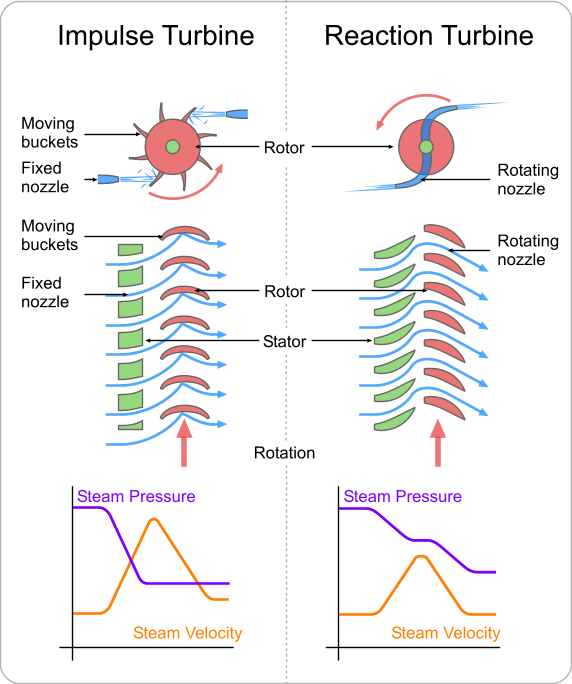Liaoning Shixing Co., Ltd. is a fine chemical company that produces pharmaceutical intermediates. It annually produces 16,000 tons of p-aminophenol, ranking first in Asia and second in the world. The products are sold nationwide and exported to more than 10 countries and regions such as Europe, Africa, Southeast Asia, Japan and China Taiwan. The annual sales of para-aminophenol products rank first in the world. In order to speed up the development, the company has developed the production of para-aminophenol, a leading product, in 3 years to 30,000 tons/year, which has become the development target of the largest production plant in the world.
Nitrochlorobenzene is an upstream raw material for the production of p-aminophenol. The existing 4,500 tons/year nitrochlorobenzene plant of the company is far from meeting the needs of development. The company decided to reconstruct the equipment and transform it. The scale of nitrochlorobenzene production will reach 90,000 tons/year, and the current phase of the 45,000 tons/year project has been completed and trial production has been successful. After the completion of the new nitrochlorobenzene plant, the cost of the main product will be reduced, saving an annual capital of 6 million yuan, which will add stamina to the product's expansion into a larger international market.
It is understood that the new device has changed the past two towers two crystallization method, using a single tower crystallization, reducing equipment investment, and shorten the crystallization separation time of nearly 10 hours, an increase of 10% of the work efficiency. The vacuum system of the rectification tower adopts the production raw material as the circulating medium, which not only achieves the vacuum required by the work, but also eliminates the pollution of the exhaust gas and reduces the material loss.
A reaction turbine is a type of Steam Turbine that works on the principle that the rotor spins, as the name suggests, from a reaction force rather than an impact or impulse force.
In a reaction turbine there are no nozzles to direct the steam like in the impulse turbine.
Instead, the blades that project radially from the outer edge of the rotor are shaped and mounted so that the shape between the blades, created by the cross-section, create the shape of a nozzle. These blades are mounted on the revolving part of the rotor and are called the moving blades.
The fixed blades, which are the same shape as the moving blades, are mounted to the outer casing where the rotor revolves and are set to guide the steam into the moving blades. Below is a simple diagram of reaction turbine blades:
Reaction Turbine Principle:
In the case of reaction turbine, the moving blades of a turbine are shaped in such a way that the steam expands and drops in pressure as it passes through them. As a result of pressure decrease in the moving blade, a reaction force will be produced. This force will make the blades to rotate.

Reaction Turbine Working:
A reaction turbine has rows of fixed blades alternating with rows of moving blades. The steam expands first in the stationary or fixed blades where it gains some velocity as it drops in pressure. Then enters the moving blades where its direction of flow is changed thus producing an impulse force on the moving blades. In addition, however, the steam upon passing through the moving blades, again expands and further drops in pressure giving a reaction force to the blades.
This sequence is repeated as the steam passes through additional rows of fixed and moving blades.
Note that the steam pressure drops across both the fixed and the moving blades while the absolute velocity rises in the fixed blades and drops in the moving blades.
The distinguishing feature of the reaction turbine is the fact that the pressure does drop across the moving blades. In other words, there is a pressure difference between the inlet to the moving blades and the outlet from the moving blades.
Special Aspects of Reaction Turbines
- There is a difference in pressure across the moving blades. The steam will, therefore, tend to leak around the periphery of the blades instead of passing through them. Hence the blade clearances as to maintain as minimum as possible.
- Also, due to the pressure drop across the moving blades, an unbalanced thrust will be developed upon the rotor and some arrangement must be made to balance this.
Reaction Steam Turbine
Shandong Qingneng Power Co., Ltd. , https://www.steamturbine.be